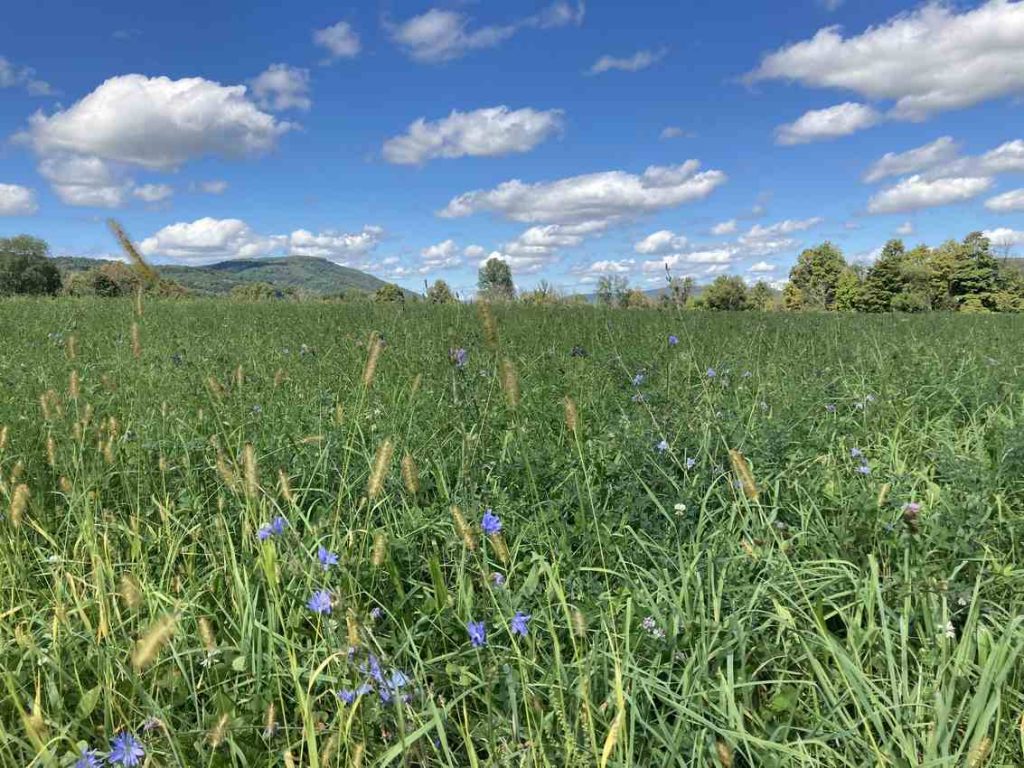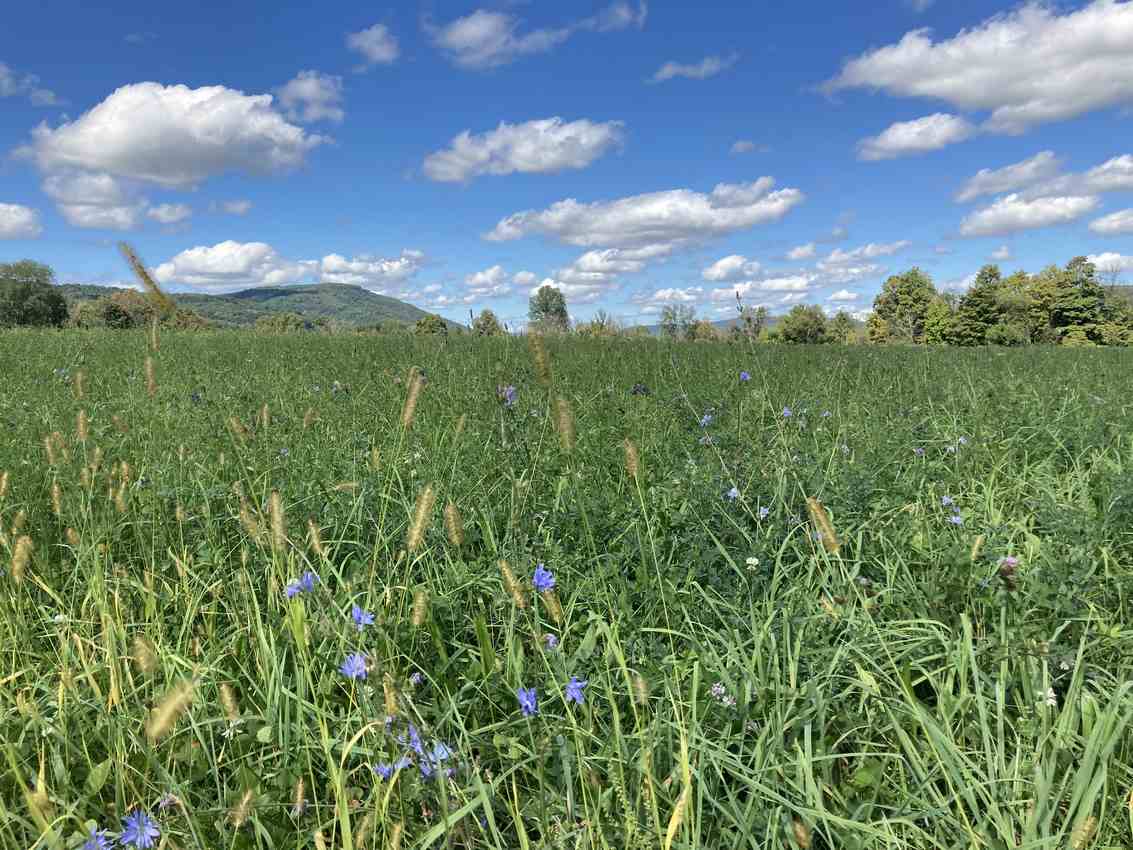
In a rare moment of return for East Coast Native Americans, the Onondaga Nation has had 1,023 acres of ancestral land in New York state returned to them.
The land in the Tully Valley includes the headwaters of Onondaga Creek, more than 45 acres of wetland and floodplains, and approximately 980 acres of forests and fields.
The agreement is a result of the March 2018 Natural Resource Damage Assessment and Restoration (NRDAR) settlement between the Natural Resource Trustees and Honeywell International, Inc.
Honeywell, manufactures of household appliances like air conditioners, were found to have been polluting Onondaga Lake in the Tully Valley, Central New York, for almost 100 years, and it had begun to spill into neighboring Onondaga lands.
They have settled on orders to pay $5 million dollars to the Natural Resource Trustees, give the 1,023 acres of land over to the Onondaga, restore several hundred acres of polluted area, and construct 18 projects related to conservation and recreation, of which 7 have been completed.
“It is with great joy that the Onondaga Nation welcomes the return of the first substantial acreage of its ancestral homelands. The Nation can now renew its stewardship obligations to restore these lands and waters and to preserve them for the future generations yet to come,” said Onondaga Nation Chief Tadodaho Sidney Hill.
RELATED: Native American Tribe in Maine Gets Back Sacred Island Taken 160 Years Ago
For the Onondaga people, Onondaga Lake and Onondaga Creek are sacred. They are considered living relatives, central to the Onondaga worldview and spirituality, the tribe detailed in a statement.
Secularly, the cold waters of Onondaga Creek support a small population of brook trout, a population which may be fully restored with proper stewardship. The wetlands, floodplains, forests and fields are home to wildlife such as great blue heron, songbirds, waterfowl, hawks, bald eagles, frogs, bats, and other mammals including white-tailed deer.
“We look forward to drawing upon the Onondaga Nation’s expertise and Indigenous knowledge in helping manage the area’s valuable wildlife and habitat,” said Sect. of the Interior, Deb Haaland.
It’s more common now than ever that tribal nations are recovering rights to use their ancestral lands as they always had, but for tribes in the super-developed Mid-Atlantic region, these opportunities are rare.
CHECK OUT: The ‘Sioux Chef’ Brings Indigenous Food Back to the Forefront of American Diets
However as the Onondaga point out, recent world-wide land surveys have shown that 80% of the world’s biodiversity is currently located in areas stewarded by indigenous peoples, or lands contested as such, despite the fact this amounts to less than half the land of the planet.
As such, they are keen to show what indigenous stewardship can bring to the biodiversity of America’s East Coast, and the current plan with state officials is to turn the Onondaga Lake and Tully Valley into a wildlife sanctuary, but one with ample opportunities for recreation, as Honeywell were ordered to construct many boat launching sites along the lake and rivers.
WATCH the local news report below…
CELEBRATE This Indigenous Victory On Social Media…




















